Explore Resources to Empower Your Projects
From case studies that solve real-world challenges to practical tools and expert insights, discover how Anderson Engineering delivers innovative solutions for your most complex projects.
Case Studies That Highlight Innovation and Expertise
Discover how Anderson Engineering has tackled complex challenges across industries, delivering results that align with our client's goals.

Precision Engineering for Industrial Renovations
Levolor Manufacturing Facility Remodel – Engineering & Surveying Solutions Introduction The Levolor Manufacturing Facility in Ogden, Utah, required significant structural renovations, including a structural retrofit,
Engineering Solutions That Strengthen Our Communities
From boundary surveys to lot splits, we're dedicated to helping individuals and small business build a better future right here at home.
In-Depth Insights for Industry Leaders
Stay ahead with expert analysis and actionable strategies for successful project management and compliance.
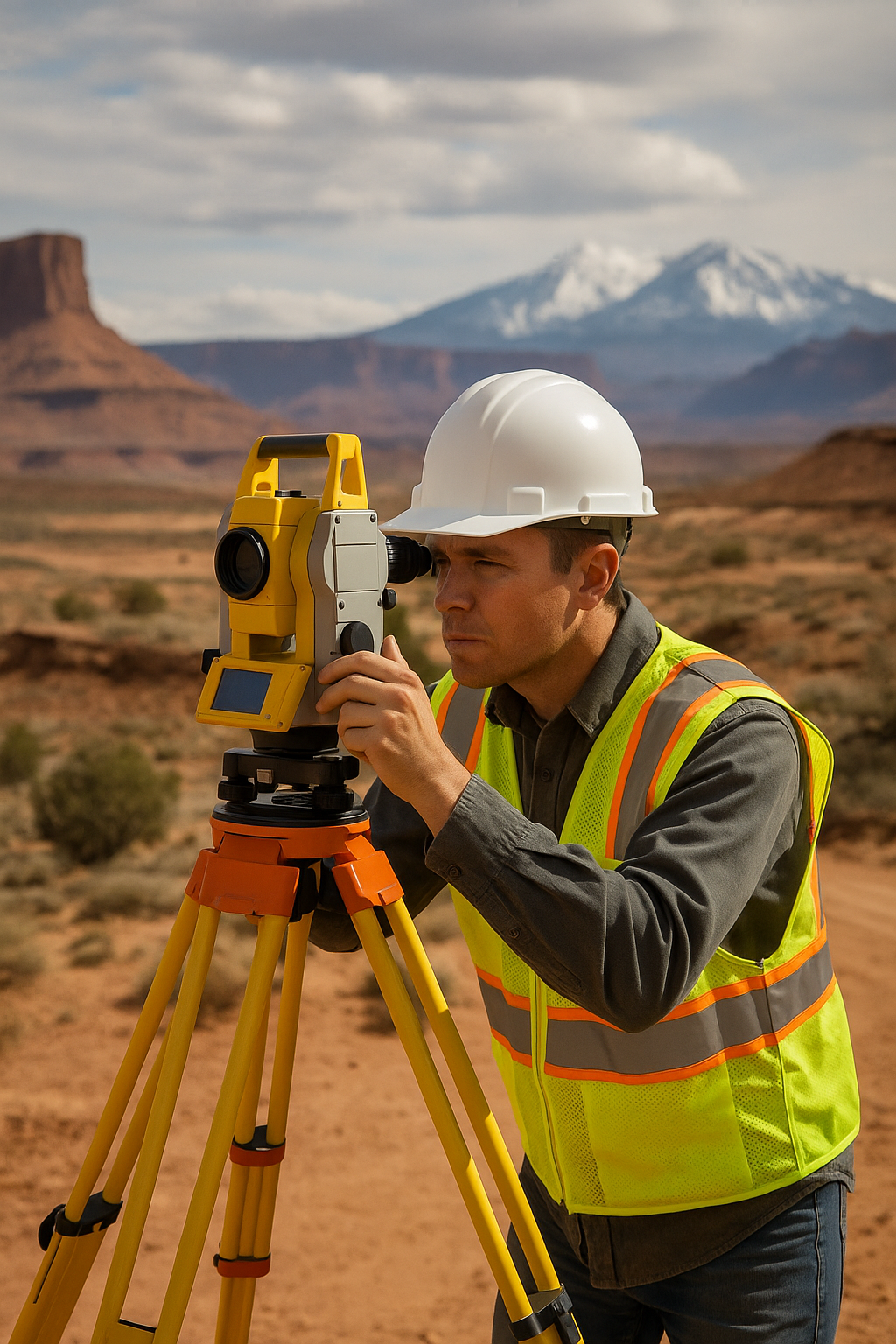
ALTA Land Title Survey in Salt Lake City
Need an ALTA survey for a real estate closing, refinance, or development project in Salt Lake City? We deliver accurate, lender-ready surveys that meet ALTA/NSPS

ALTA Land Survey Cost in Utah?
ALTA/NSPS Land Title Surveys in Utah: A Comprehensive Guide to Cost and What is Involved An ALTA/NSPS Land Title Survey is a detailed property survey
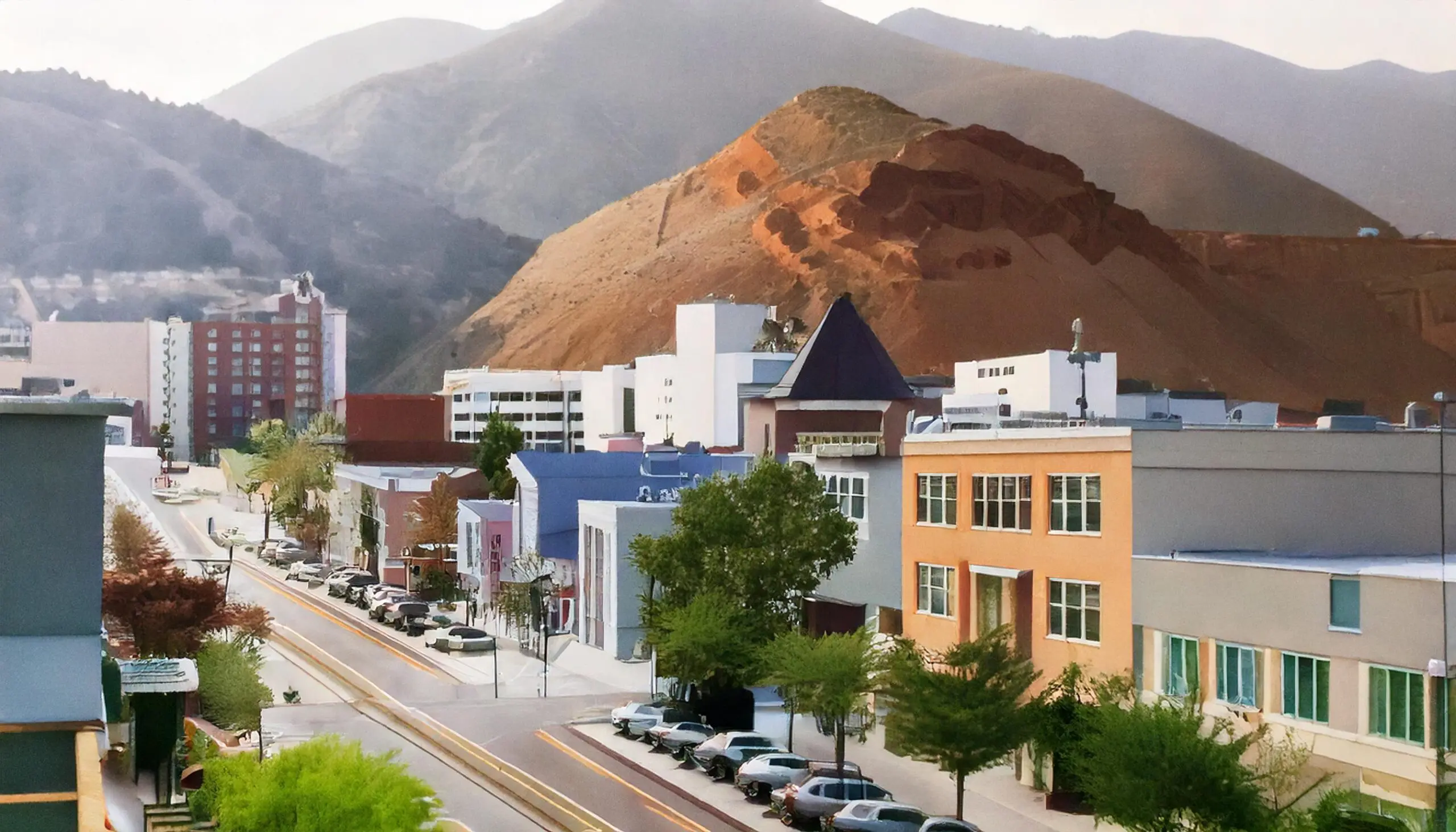
Environmental Phase I ESA Compliance: Key Considerations for Property Transactions
A Phase I Environmental Site Assessment (ESA) identifies potential environmental risks tied to property ownership or transactions, specifically including the environmental phase I. For property

Septic System and Onsite Wastewater Permitting in Morgan County: A Guide for General Contractors
Navigating Morgan County, Utah’s septic system permitting process requires a thorough understanding of local regulations, detailed site evaluations, and proper system design. Individual onsite systems
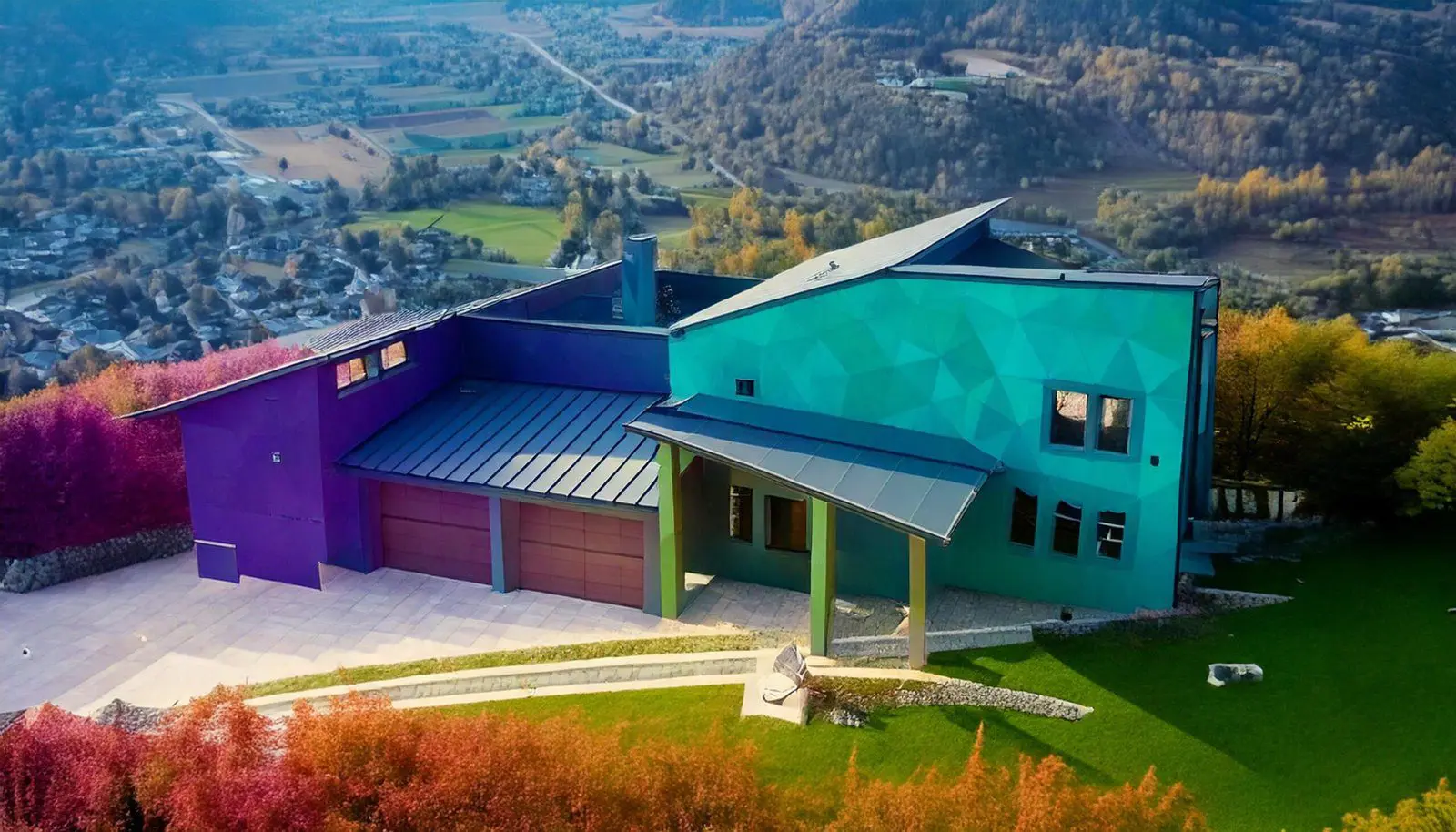
Septic System and Onsite Wastewater Permitting in Wasatch County, A Guide for General Contractors
Navigating the septic system permitting process in Wasatch County, Utah, requires a thorough understanding of local regulations, detailed site evaluations, and proper system design. An
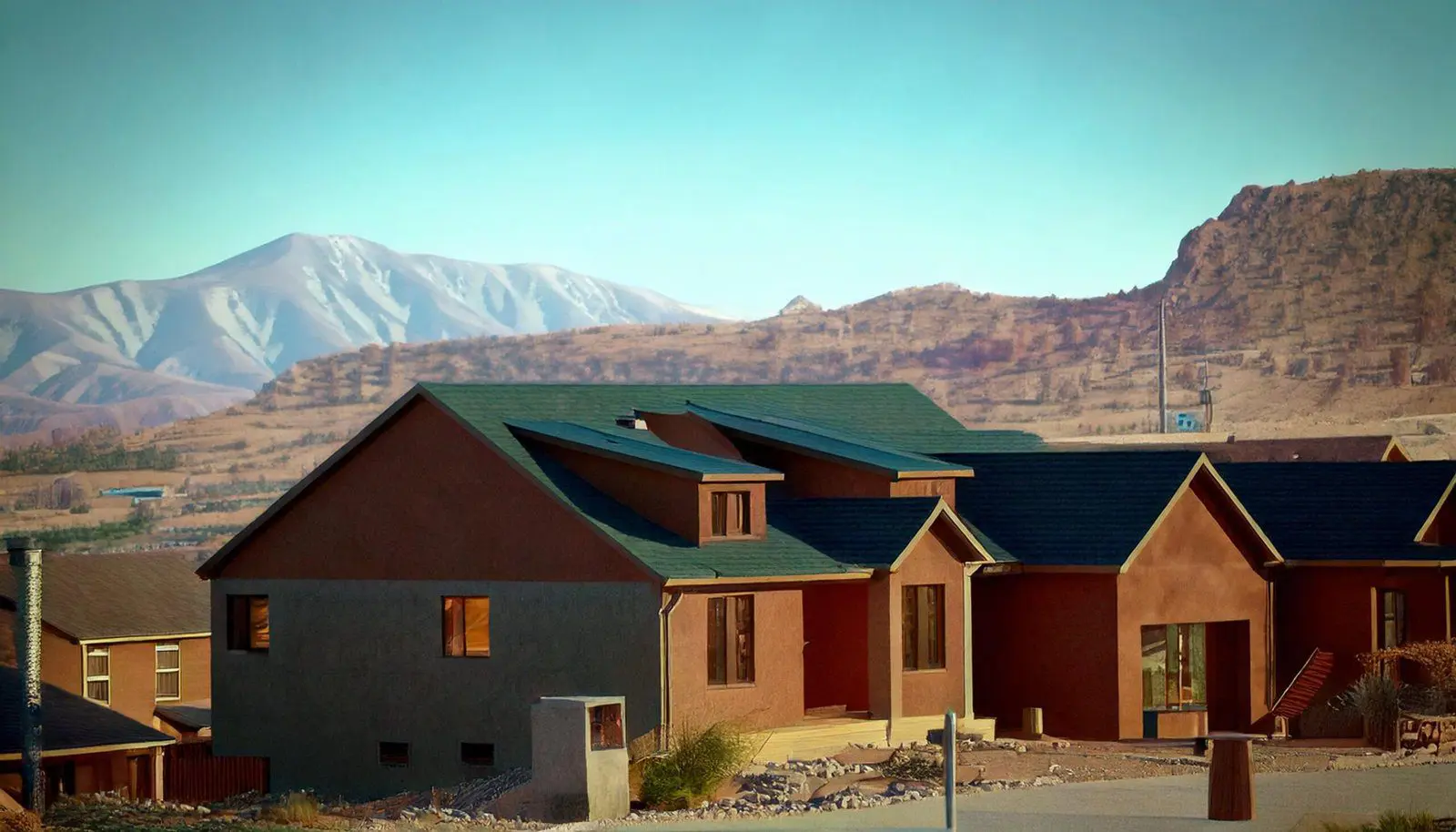
The Ultimate Guide to Septic System Permitting in Weber County, Utah for General Contractors
Navigating the septic system permitting process for homeowners in Weber County, Utah, requires understanding local regulations, conducting detailed site evaluations, and ensuring proper wastewater and
Your Go-To Resource for Topical Authority
Find answers and insights to common challenges in land development, mining, reclamation, engineering design, structural design, and more.

Role of Environmental Impact Assessments in Utah’s Future
Environmental impact assessments in Utah play a crucial role in safeguarding ecosystems and guiding sustainable development for a better future. Learn more.

Must-Have Tips for Designing an Exterior Basement Entrance
Transform your space with essential tips for designing an exterior basement entrance. Create an inviting walkout basement that enhances accessibility and style.
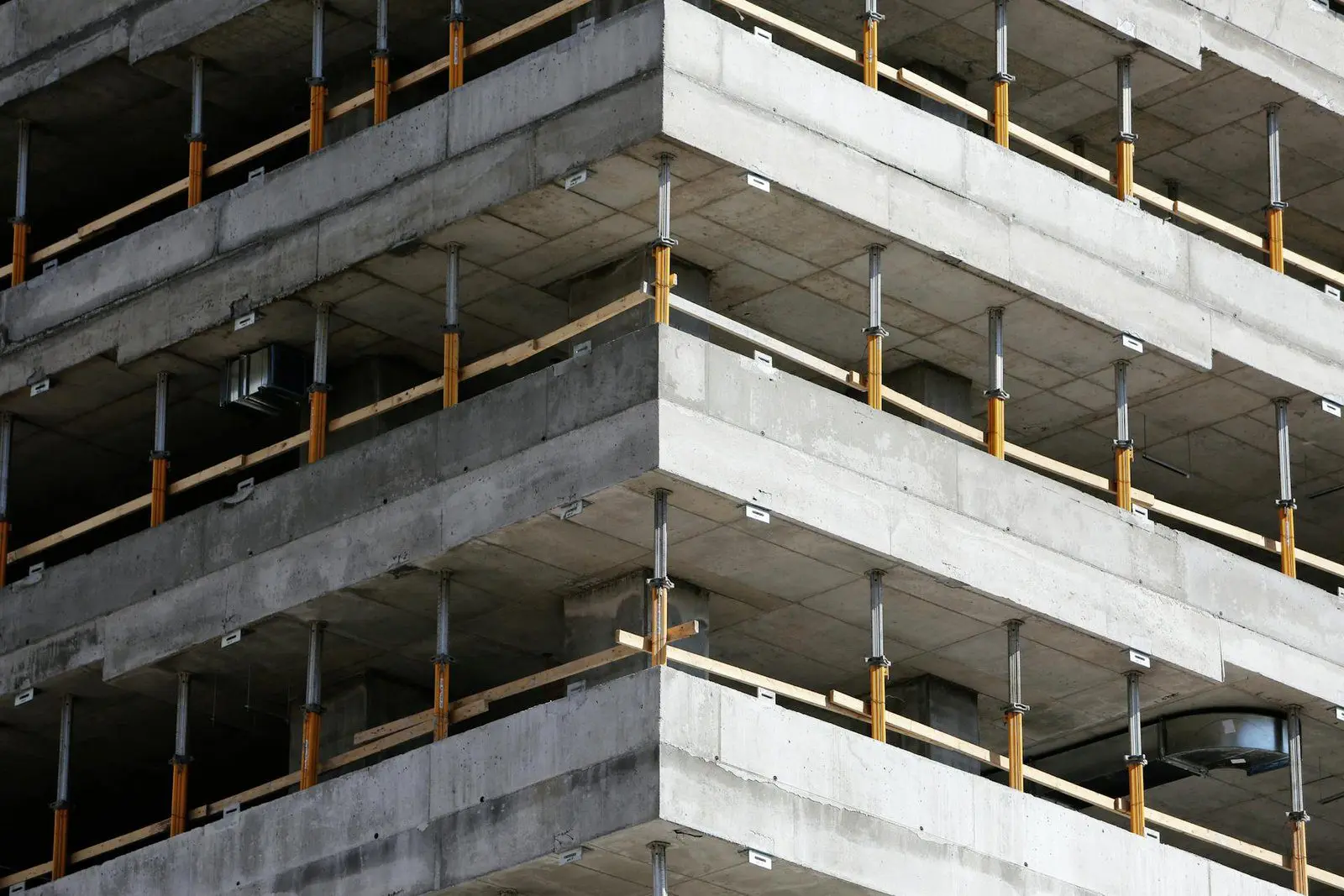
Advice for Initial Structural Engineering Plans
The groundwork for any successful construction project begins with a solid understanding of its structural needs. This is where structural engineering comes in – the

Stages of a High-Level Construction Engineering Project
Anderson Engineering focuses on some of the biggest construction, engineering, and maintenance projects in Utah. Having a plan is the first step in producing high-quality

Acoustic Emission in Engineering
Building materials have big roles to fill; they not only have to meet budget demands, but they need to perform well and sometimes look good
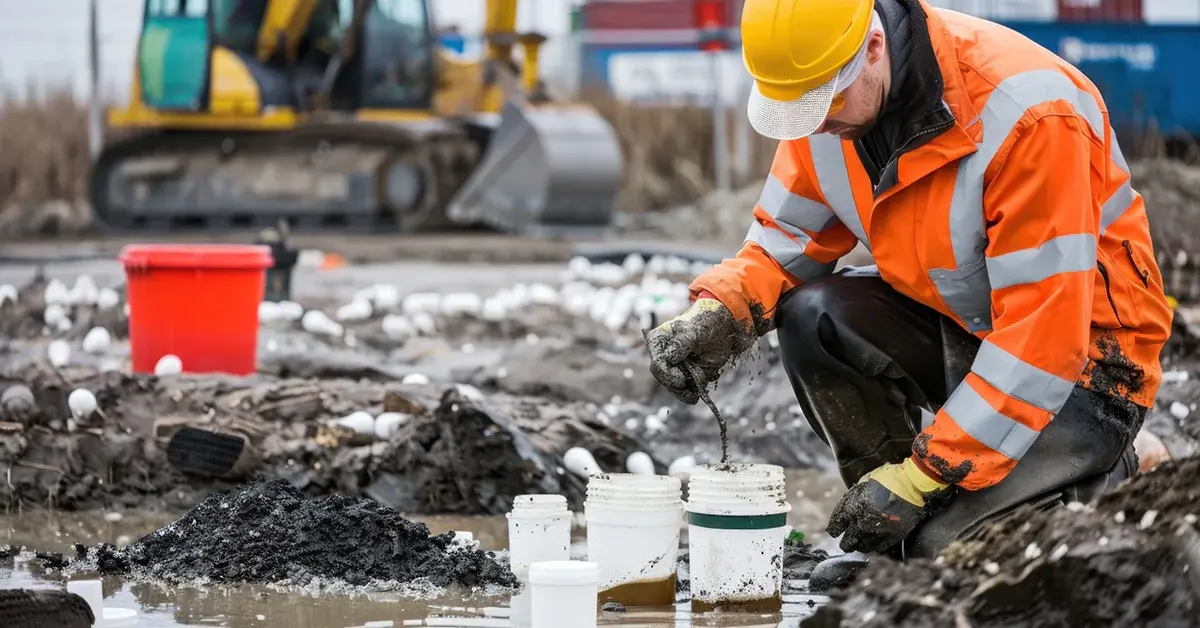
Unearthing Potential: Understanding the Scope and Importance of Environmental Site Assessments
Environmental site assessments are essentially a comprehensive investigation into the environmental conditions of a property. Its primary goal is to identify potential or existing environmental contamination liabilities.
